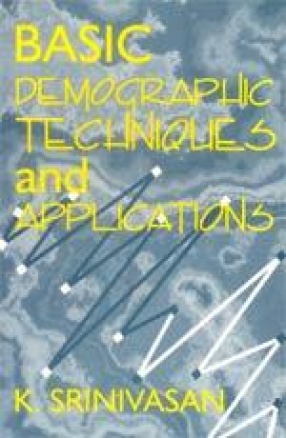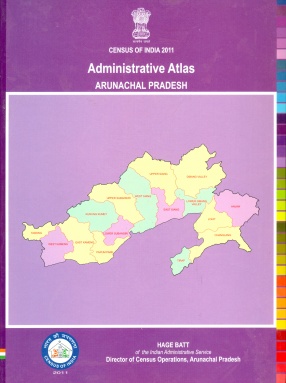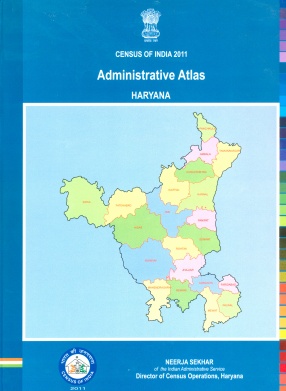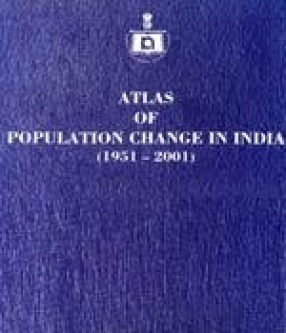Census of India, 1931: Volume XII: Central Provinces & Berar (In 2 parts)
Synopsis
The publication of decennial census reports was initiated by the British Government during the middle of the nineteenth century and has been continued after independence. Questions of reliability and bias in the compilation of information as well as motivations which informed the publication of these reports have been raised and are relevant to every user of census reports. Even so, the censuses were often conducted with painstaking efforts and have preserved for us extremely wide-ranging information on the social, economic and political aspects of Indian life. They contain information on the distribution and age structure of the population; castes and communities, patterns of occupation, patterns of land-holding and tenancy, health, migration, language, and education, etc., to name just a few aspects of the panorama of Indian society. For researchers interested in understanding Indian life, the reports of the decennial censes compiled by British officers remain, despite the problems of bias, misunderstanding or conscious distortion, an invaluable source of information. The census reports consisted of two parts: a general social and economic profile and statistical material. The general profile contains an account of the census operations, the geographical and physical features of the area, the ethnography of caste and communities and changes in age-structure, health, education, employment, landholding pattern and tenancy, etc. The statistical part contains data on geography, rainfall, temperature, distribution of population according to different demographic criteria, caste and communities, health, education, employment and migration and landholding and tenancy. Census reports have, as a rule, been used by demographers, economists and economic historians, and a great deal of this use has been limited to the statistical data contained in them. Sociologists, social historians and political scientists have made very little use of these reports. These reports provide, particularly in the volumes entitled 'General Reports' which were published separately for each state as well as for India as a whole, ethnographic information on castes and tribes describing their internal organization, social changes taking place in them, and the emerging problems of interaction among the different castes and communities. Social movements and trends towards social mobility among the castes and communities are also often discussed. Even from the viewpoint of the sociologists and social historians, therefore, the census reports are invaluable sources of information and can provide useful material on how the different sections of Indian society were responding to the processes set in motion by British rule. The census reports are today a body of rare documents available in only a few select libraries and even these libraries do not always have all the available volumes which in an average census year extended to more than a hundred for the whole of India. This reprint of Part II of Tables of Census of India 1931 for Assam is published in the hope that it will be welcomed by individual researchers as well as libraries.
Read more
161.50
145.35
$
170.00 $
Free delivery Wolrdwidе in 10-18 days
Ships in 2-4 days from New Delhi
Membership for 1 Year $35.00
Get it now and save 10%
Get it now and save 10%
BECOME A MEMBER







Bibliographic information